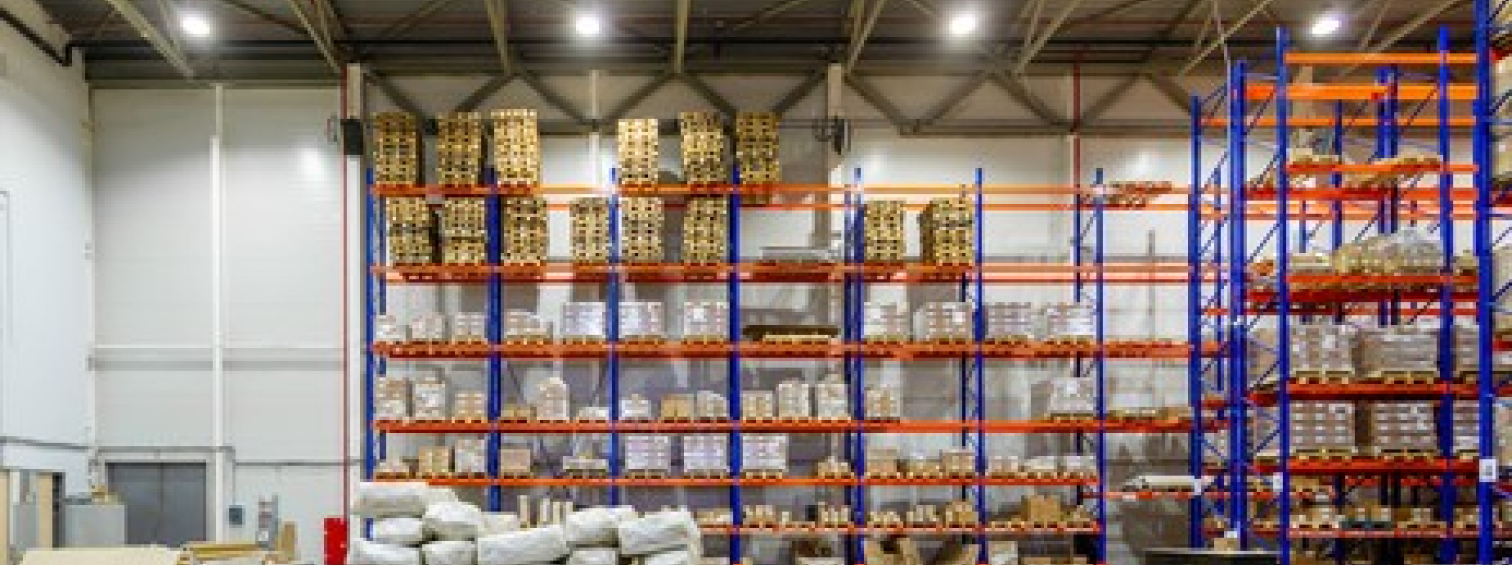
The Sustainable Shift: Eco-Friendly Practices in Warehousing Services in India
In recent years, the global conversation has shifted towards sustainability and environmental responsibility, with industries across the board seeking ways to reduce their ecological footprint. One such industry that has been increasingly embracing eco-friendly practices is warehousing services. In India, where the logistics sector is growing rapidly, integrating sustainable solutions into warehousing operations is becoming imperative. This article delves into the eco-friendly practices being adopted by warehousing services in India and the impact they have on the environment and the industry as a whole.
1. Green Infrastructure
Warehouses are often massive structures that consume significant amounts of energy for lighting, heating, and cooling. However, the shift towards sustainability has led to the adoption of green infrastructure practices. This includes installing energy-efficient lighting systems, utilizing renewable energy sources such as solar panels, and implementing smart heating and cooling technologies to reduce energy consumption. By investing in green infrastructure, warehouses can significantly decrease their carbon emissions and operational costs while also contributing to India's renewable energy goals.
2. Sustainable Materials Handling
Efficient materials handling is crucial for optimizing warehouse operations. Many warehouses are now focusing on sustainable materials handling practices to reduce waste and minimize environmental impact. This includes the use of recyclable and reusable packaging materials, implementing efficient inventory management systems to reduce overstocking and waste, and prioritizing the use of eco-friendly materials in packaging and pallets. By minimizing waste and maximizing resource efficiency, warehouses can decrease their environmental footprint while also improving operational efficiency and cost-effectiveness.
3. Eco-Friendly Transport
Transportation is a significant contributor to carbon emissions in the logistics industry. To address this issue, warehousing services in India are increasingly adopting eco-friendly transport solutions. This includes investing in electric and hybrid vehicles for intra-warehouse transport operations, optimizing delivery routes to minimize fuel consumption and emissions, and collaborating with logistics partners that prioritize sustainability in their operations. By transitioning to eco-friendly transport options, warehouses can reduce their carbon footprint and contribute to India's efforts to combat air pollution and climate change.
4. Waste Management and Recycling
Effective waste management is essential for sustainable warehousing operations. Many warehouses are implementing comprehensive waste management and recycling programs to minimize the amount of waste sent to landfills and promote recycling and reuse. This includes segregating waste streams, such as cardboard, plastic, and paper, for recycling, composting organic waste, and partnering with recycling facilities to ensure proper disposal of hazardous materials. By prioritizing waste management and recycling, warehouses can reduce environmental pollution and conserve natural resources while also complying with regulatory requirements.
5. Sustainable Supply Chain Practices
Sustainability in warehousing goes beyond the warehouse walls and extends to the entire supply chain. Many warehouses are collaborating with suppliers and manufacturers to promote sustainable practices upstream. This includes sourcing products and materials from suppliers with strong environmental credentials, implementing green procurement policies, and incentivizing suppliers to reduce packaging and adopt eco-friendly manufacturing processes. By promoting sustainability throughout the supply chain, warehouses can create a ripple effect that positively impacts the environment and strengthens relationships with stakeholders.
6. Environmental Certifications and Compliance
To demonstrate their commitment to sustainability and differentiate themselves in the market, many warehouses in India are pursuing environmental certifications and compliance with regulatory standards. This includes certifications such as LEED (Leadership in Energy and Environmental Design) and BREEAM (Building Research Establishment Environmental Assessment Method), which assess the environmental performance of buildings and infrastructure. By obtaining these certifications and complying with environmental regulations, warehouses can enhance their credibility, attract environmentally conscious customers, and contribute to India's sustainable development goals.
Conclusion
The shift towards eco-friendly practices in warehousing services in India is driven by a growing awareness of the environmental challenges facing the logistics industry and a recognition of the importance of sustainability in business operations. By adopting green infrastructure, sustainable materials handling practices, eco-friendly transport solutions, waste management and recycling programs, sustainable supply chain practices, and obtaining environmental certifications, warehouses can reduce their environmental footprint, improve operational efficiency, and contribute to India's transition towards a more sustainable future. As the demand for eco-friendly warehousing services continues to grow, embracing sustainability is not just a choice but a necessity for warehouses looking to thrive in an increasingly environmentally conscious world.